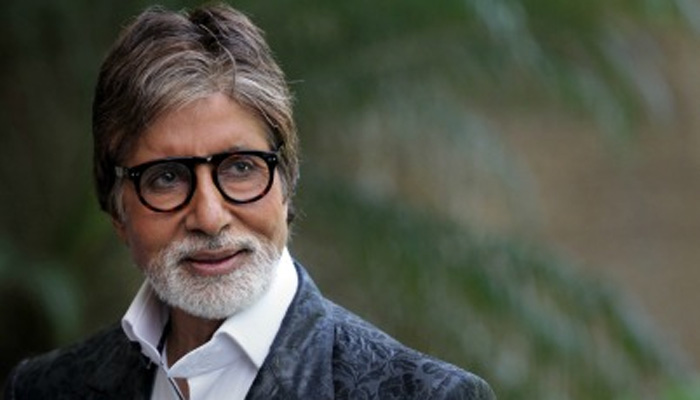The book is titled after the ‘daughters’ of the family, but what it really captures is the journey of the poet’s spiritual transformation — “from a male psyche exhibiting stereotyped patriarchal attitudes, to one acutely sensitive to the subordinate status of women and the agony of suppression they go through”.
The bestselling writer has dug through archival material and books on the Tagores and strung the facts together with “creative imagination” to make the narrative flow.
She has revived the tongue of 19th century Bengal in modern day English and interspersed it with Bengali phrases and kinship terms to recreate the milieu of the period.
“There are no fictional characters in my book, barring a few, who are entirely peripheral. There are no external plotlines either. The main events are based on recorded fact.
“The fictional element lies in the stringing together of these facts… to portray moods, gestures, thoughts, dreams and aspirations of historically documented characters as well as the clothes they wear, the spaces they occupy in body and mind; the way they speak; the food they eat,” she says.
(Sourced from agencies, feature image courtesy:arunachakarvarti.bookchums.com)
























